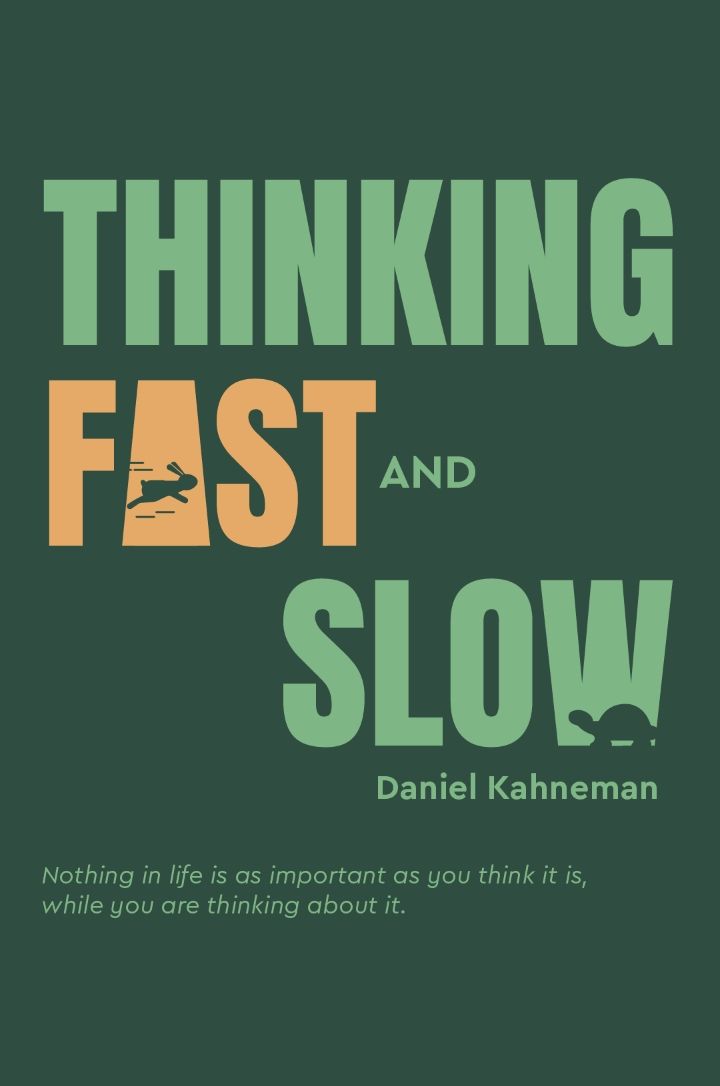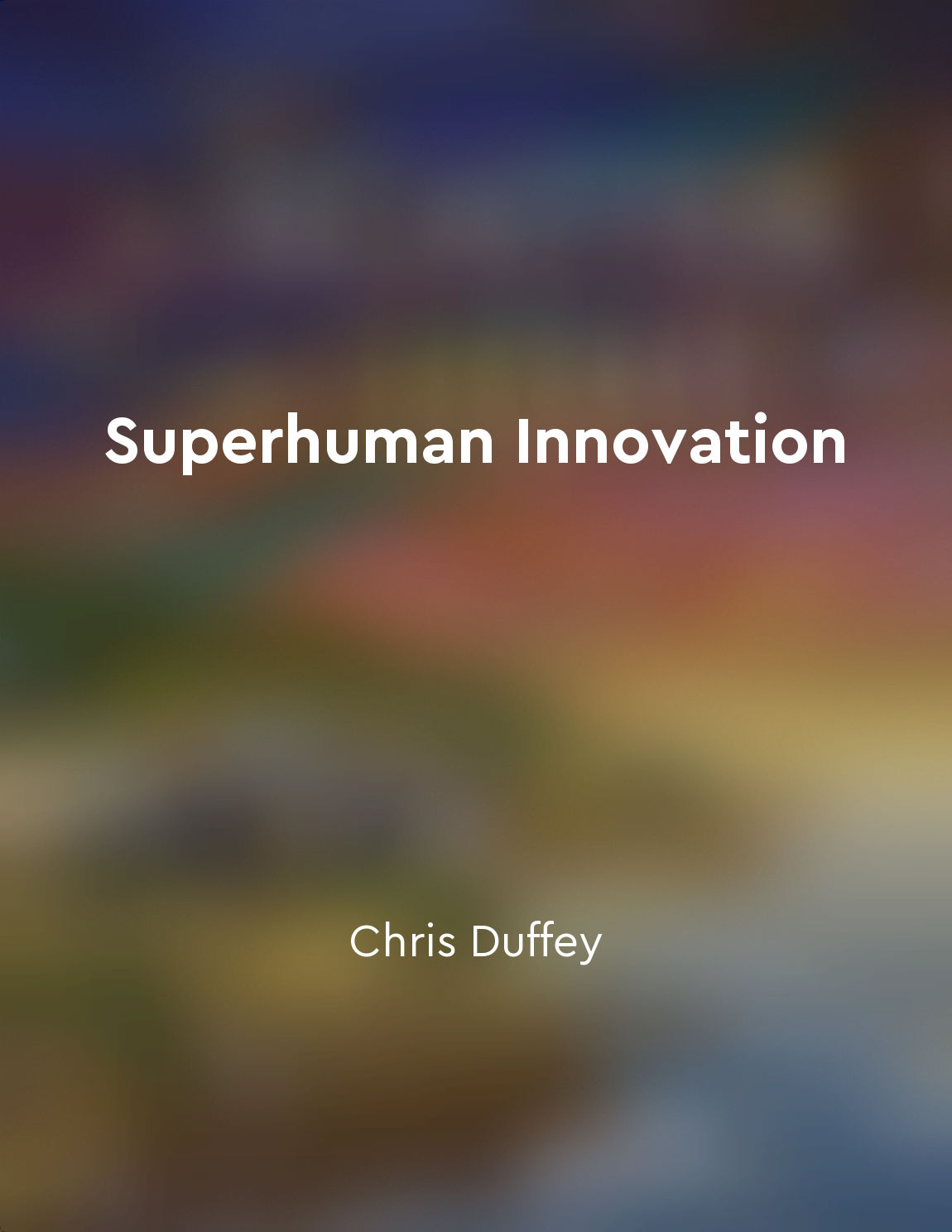Audio available in app
Understanding cognitive processes is essential for effective design from "summary" of Design for How People Think by John Whalen Ph.D.
To create designs that truly resonate with people, it is crucial to have a deep understanding of how our minds work. By delving into the realm of cognitive processes, designers can uncover valuable insights that can inform every aspect of their work. From visual elements to user interactions, the way we think greatly influences how we perceive and interact with the world around us. Cognitive processes are the mental activities that enable us to process information, make decisions, and solve problems. By studying these processes, designers can gain a better understanding of how people think, feel, and behave. This knowledge allows them to create designs that are not only visually appealing but also intuitive and user-friendly. One key aspect of cognitive processes is attention. Designers need to consider how people allocate their attention and what factors can influence their focus. By understanding attentional processes, designers can create interfaces that guide users' attention to the most important information and tasks. Memory is another crucial cognitive process that designers must take into account. Our memories shape how we perceive the world and interact with it. By designing with memory in mind, designers can create experiences that are memorable and easy to navigate. For example, using familiar patterns and visual cues can help users recall information more easily. Decision-making is yet another important cognitive process that influences user behavior. Designers can leverage insights from decision-making research to create interfaces that support users in making informed choices. By simplifying complex decisions and providing clear options, designers can help users feel confident and empowered in their interactions.- Understanding cognitive processes is essential for effective design. By grounding their work in the science of how people think, designers can create experiences that are not only visually appealing but also functional and user-centered. By designing with the mind in mind, designers can create products and interfaces that truly resonate with users and make a lasting impact.
Similar Posts
Creating visually appealing logos and branding
Creating visually appealing logos and branding is a crucial aspect of graphic design. The purpose of a logo is to visually repr...

The peakend rule influences our perception of experiences
The peak-end rule is a psychological heuristic that influences how we remember and evaluate past experiences. According to this...
Use the contrast principle to make your offers more appealing
The contrast principle is a powerful tool that can help you make your offers more appealing to potential customers. By presenti...
Mind mapping can be used in various fields and professions
Mind mapping is a versatile tool that transcends boundaries and can be effectively applied in a wide range of fields and profes...
Neurons transmit electrical impulses in the brain
Neurons are the basic building blocks of the brain and nervous system, responsible for transmitting information throughout the ...

Priming cues influence behavior
The idea that priming cues can influence behavior is a key concept in understanding how our minds work. Priming cues are subtle...
Data path design determines data flow within the system
Data path design is a critical aspect of system design as it directly impacts how data flows within the system. The way in whic...
The brain is wired to seek social connections and validation
Our brains are inherently social organs. We are wired to seek out connections with others and to seek validation from them. Thi...
Stakeholder mapping identifies key players in the process
Stakeholder mapping is a process that helps you understand who has a vested interest in a particular experience. By identifying...

Flexibility is key in adapting to change
Flexibility plays a crucial role in our ability to navigate the ever-changing landscape of innovation. It is the cornerstone of...

